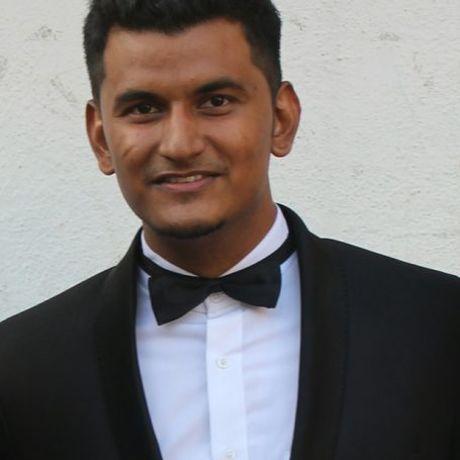Fatigue Detection System using BlueBox and RTMaps
- 0 Collaborators
Facial landmark estimation is the key process of localizing facial structures on a face. The devised systems focus particularly on ‘eye’ to detect the drowsiness state of a driver using OpenCV detector Dlib and validate the result using a vision based embedded device called ‘BlueBox’ by NXP. ...learn more
Project status: Published/In Market
Intel Technologies
Other
Overview / Usage
The work here presents the technical aspects of using the vision system to detect a driver drowsiness state The system deals with automatic driver drowsiness detection based on visual information retrieved from camera We propose an algorithm to locate, track, and analyze both the drivers face and eyes to measure EAR (Eye Aspect Ratio) using 6 ( y) coordinates, starting at the left corner of the eye (as if you were looking at the person), and then working clockwise around the eye It checks some consecutive frames and if the Eye Aspect ratio is less than 0 25 Alert is generated.
Project Motivation: Over the last decade, more than 7,000 people have been killed in drowsy-driving-related crashes. Alcohol, in addition to its other detrimental effects on driving, can magnify the effects of drowsiness and cause you to all asleep at the wheel more easily.
Source: https://one.nhtsa.gov/Driving-Safety/Drowsy-Driving/did%E2%80%93you%E2%80%93know
Methodology / Approach
A total of 68 facial landmarks can be found, out of which we focused aspecially on landmarks near eye. Here to implement the eye aspect ratio for blink detection using facial landmarks, OpenCV, Python, and dlib depended are used.
Technologies Used
Hardware: BlueBox 2.0 by NXP (Block Representation on BlueBox 2.0)
Software Overview: RTMaps (Real Time Multisensory Applications)




